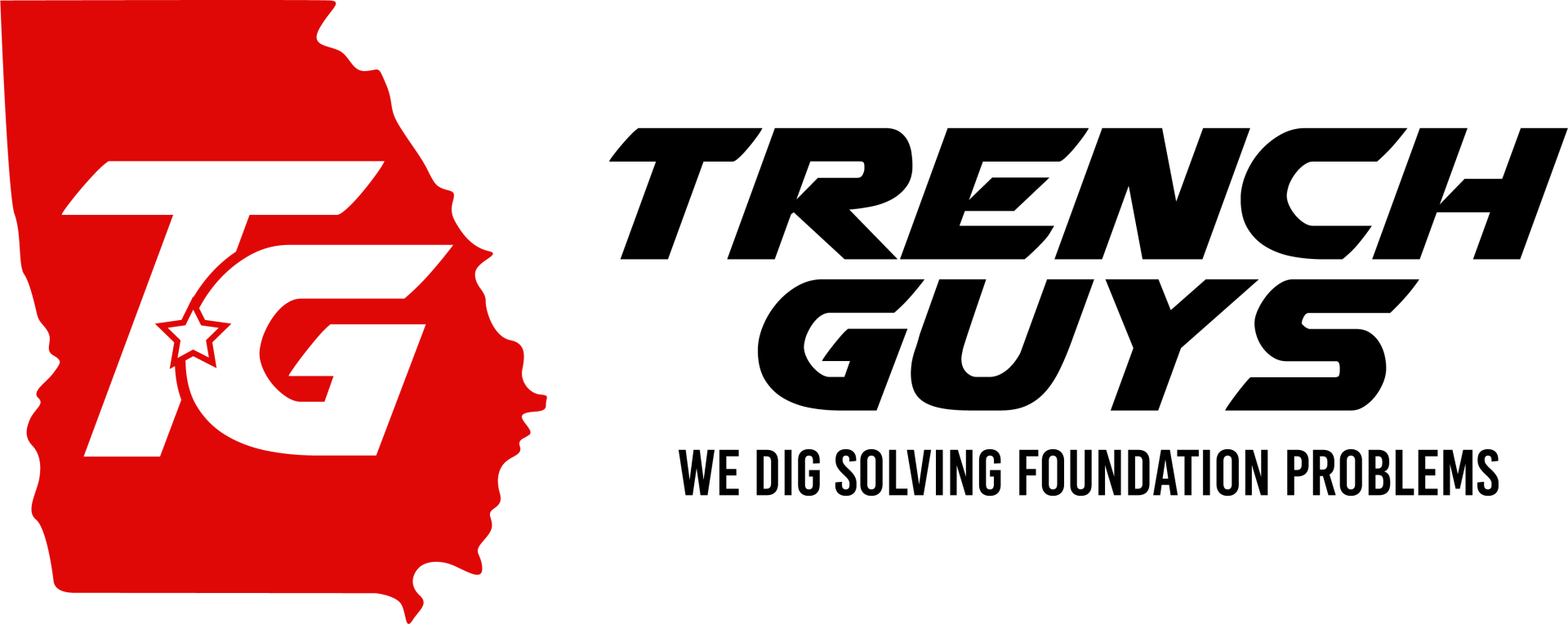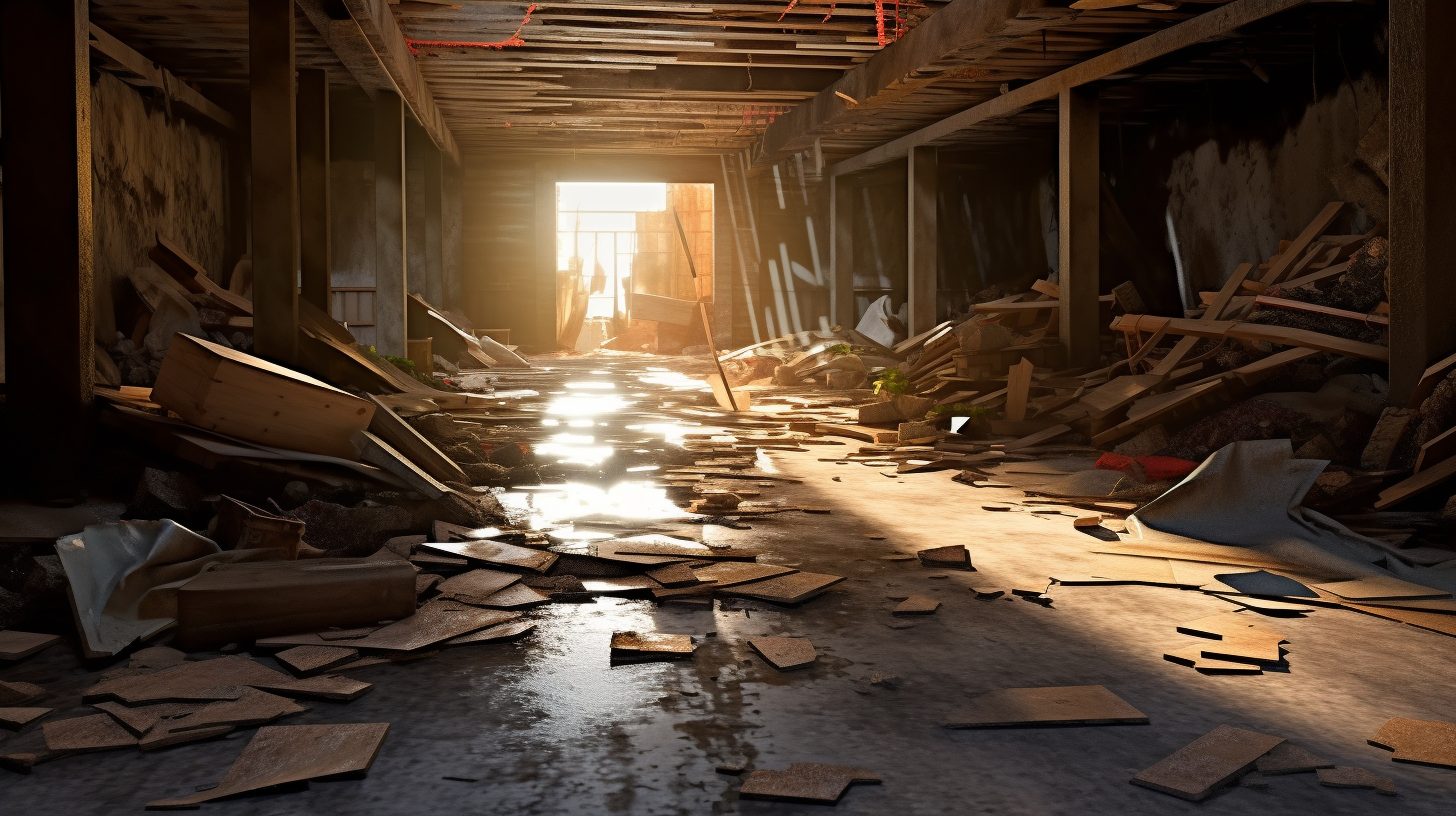Your crawl space plays a crucial role in maintaining the structural integrity and overall health of your home. Yet, it is often overlooked when it comes to maintenance and care. Neglecting this hidden area can lead to the growth of mold and mildew, which not only jeopardizes the durability of your home but also poses serious risks to your health and well-being.
Mold and mildew thrive in damp, poorly ventilated spaces, and their presence in your crawl space can trigger a host of problems—from compromising air quality to causing costly damage to your property. Whether you're concerned about safeguarding your family’s health or protecting your investment, understanding the importance of a clean, mold-free crawl space is essential.
This blog will explore why keeping your crawl space free of mold and mildew is critical, discuss the risks of neglect, and provide actionable tips for prevention and care. Let’s dive into how proactive maintenance of this often-forgotten space can make a significant difference for your home and health.
Understanding Mold and Mildew in Crawl Spaces
Mold and mildew are common problems in crawl spaces, often going unnoticed until they have already caused significant damage. Understanding what causes these growths and why crawl spaces are particularly vulnerable can help homeowners take proactive steps to maintain a healthy environment.
What Causes Mold and Mildew?
Mold and mildew thrive in environments with high moisture levels, making crawl spaces a prime location for their growth. Poor drainage around the foundation can lead to water pooling, creating the damp conditions necessary for mold to flourish. Leaky pipes in the crawl space add to the moisture problem, providing a steady water source that promotes mold growth. Inadequate ventilation exacerbates the issue, trapping moisture in the confined space. Organic materials commonly found in crawl spaces, such as wood or insulation, serve as an ideal food source for mold, further encouraging its development.
Why Crawl Spaces Are Vulnerable
Crawl spaces are uniquely susceptible to mold and mildew due to their typical structure and location. These areas are often dark, damp, and poorly ventilated, creating an environment where mold can thrive unchecked. Being close to the ground means crawl spaces are more likely to be affected by groundwater, rain runoff, or leaks, making them a magnet for moisture-related issues. The lack of natural light and airflow creates a perfect storm for mold and mildew to grow, turning your crawl space into a hidden source of potential harm to your home and health.
Steps to Prevent Mold and Mildew in Your Crawl Space
Taking proactive measures to prevent mold and mildew in your crawl space is essential to maintaining a healthy home environment. By addressing moisture control, ensuring proper ventilation, insulating effectively, fixing leaks promptly, and committing to regular maintenance, you can create a crawl space that resists mold and mildew.
Keep Moisture Under Control
Controlling moisture is the foundation of mold prevention. Installing a vapor barrier is a critical first step. Cover the crawl space floor with heavy-duty plastic sheeting, ensuring all seams are overlapped and sealed with waterproof tape to create a continuous moisture barrier. To further reduce moisture risks, improve drainage around your home. Ensure that gutters and downspouts direct rainwater away from your foundation, and consider installing a French drain if water tends to pool near your house.
Ensure Proper Ventilation
Proper ventilation helps maintain a dry environment in your crawl space. Begin by sealing unnecessary openings or vents that allow excess moisture to seep inside. For additional control, install a dehumidifier to keep humidity levels below 60% in the crawl space. This simple step can drastically reduce the conditions that foster mold growth.
Insulate the Crawl Space
Insulation is another vital line of defense against mold and mildew. Opt for mold-resistant materials, such as rigid foam boards, to insulate the crawl space walls. Avoid using fiberglass insulation, which can trap and hold moisture, exacerbating the problem. Seal any cracks and gaps with caulk or spray foam to prevent air and water leaks, ensuring your insulation remains effective.
Fix Leaks Immediately
Leaks in your crawl space can quickly lead to mold issues, so regular inspection and prompt repairs are essential. Check plumbing pipes frequently for leaks or drips, and address any issues as soon as they arise. Similarly, monitor your HVAC system for condensation or leaks in ductwork that could introduce moisture into the crawl space.
Regular Cleaning and Maintenance
Maintaining a clean crawl space is a simple yet powerful strategy for preventing mold. Regularly remove debris and organic materials, such as wood scraps or cardboard, that could harbor mold. Inspect your crawl space for damaged materials, such as wet insulation or torn vapor barriers, and replace them as needed to maintain a protective environment.
Recognizing Early Signs of Mold and Mildew
Identifying mold and mildew in your crawl space early can save you from costly repairs and health risks. By learning to recognize visual and odor indicators and understanding the impact on indoor air quality, you can address the problem before it escalates.
Visual and Odor Indicators
One of the most common early signs of mold and mildew is the appearance of black, green, or white spots on surfaces within your crawl space. These growths often appear on wooden beams, insulation, or other organic materials. In addition to visible signs, a musty or damp odor emanating from the crawl space is a strong indicator of mold or mildew presence. These odors result from the decay caused by fungi and should not be ignored.
Impact on Indoor Air Quality
Mold and mildew in your crawl space can significantly affect the air quality inside your home. Spores from mold can travel through the air, leading to increased allergy symptoms or respiratory issues among household members. If you notice more frequent sneezing, coughing, or respiratory discomfort, especially in individuals with asthma or allergies, it may be a sign that mold is present in your crawl space and affecting the air in your living spaces.
When to Call a Professional
While many mold and mildew issues can be managed with routine maintenance and care, there are times when professional intervention is necessary. Knowing when to call a specialist can make all the difference in protecting your home and ensuring your family's safety.
Severe Mold Infestations
Severe mold infestations often require professional remediation. If you notice large areas of mold covering significant portions of your crawl space, this is a clear sign that the problem is beyond what DIY methods can handle. Additionally, if mold persists despite your efforts to implement preventive measures like vapor barriers, improved drainage, and dehumidification, it’s time to bring in experts who have the tools and expertise to address the underlying issues and thoroughly eradicate the mold.
Structural Concerns
Mold and moisture in your crawl space can lead to serious structural concerns. If you discover rotting wood or compromised structural supports, it’s essential to call a professional immediately. These issues not only pose safety risks but can also escalate into costly repairs if left unaddressed. Similarly, foundation cracks or damage caused by prolonged moisture exposure should be evaluated by a professional to prevent further structural weakening.
Maintenance Tips to Keep Mold at Bay
Ongoing maintenance is essential to prevent mold and mildew from taking hold in your crawl space. By performing routine inspections, preparing for seasonal changes, and monitoring humidity levels, you can create an environment that is hostile to mold growth and protect your home from long-term damage.
Routine Inspections
Regular inspections are the cornerstone of mold prevention. Every three to six months, thoroughly inspect your crawl space for leaks, dampness, or early signs of mold. Use a flashlight to illuminate hidden corners and difficult-to-reach areas where moisture and mold often go unnoticed. Catching issues early can save you time and money while keeping your crawl space mold-free.
Seasonal Preparation
Seasonal changes bring different challenges for your crawl space, so preparation is key. Before the rainy season, reseal your vapor barriers and ensure that your drainage systems, including gutters and downspouts, are functioning properly to divert water away from your foundation. During dry seasons, take the opportunity to deep clean the crawl space, removing any debris or materials that could promote mold growth. This proactive approach helps you address potential issues before they escalate.
Monitor Humidity Levels
Maintaining consistent humidity levels in your crawl space is crucial to preventing mold. Use a hygrometer to track moisture levels and ensure they stay below 60%. This simple device allows you to monitor conditions and take action, such as running a dehumidifier, if humidity levels begin to rise. Consistent monitoring can prevent the damp conditions that mold and mildew need to thrive.
FAQs
Contact Trench Guys Today!
Trench Guys will do everything we can to ensure your experience with us is excellent.
Request A FREE Estimate
Request a Free Estimate Form
Checkout Recent Post
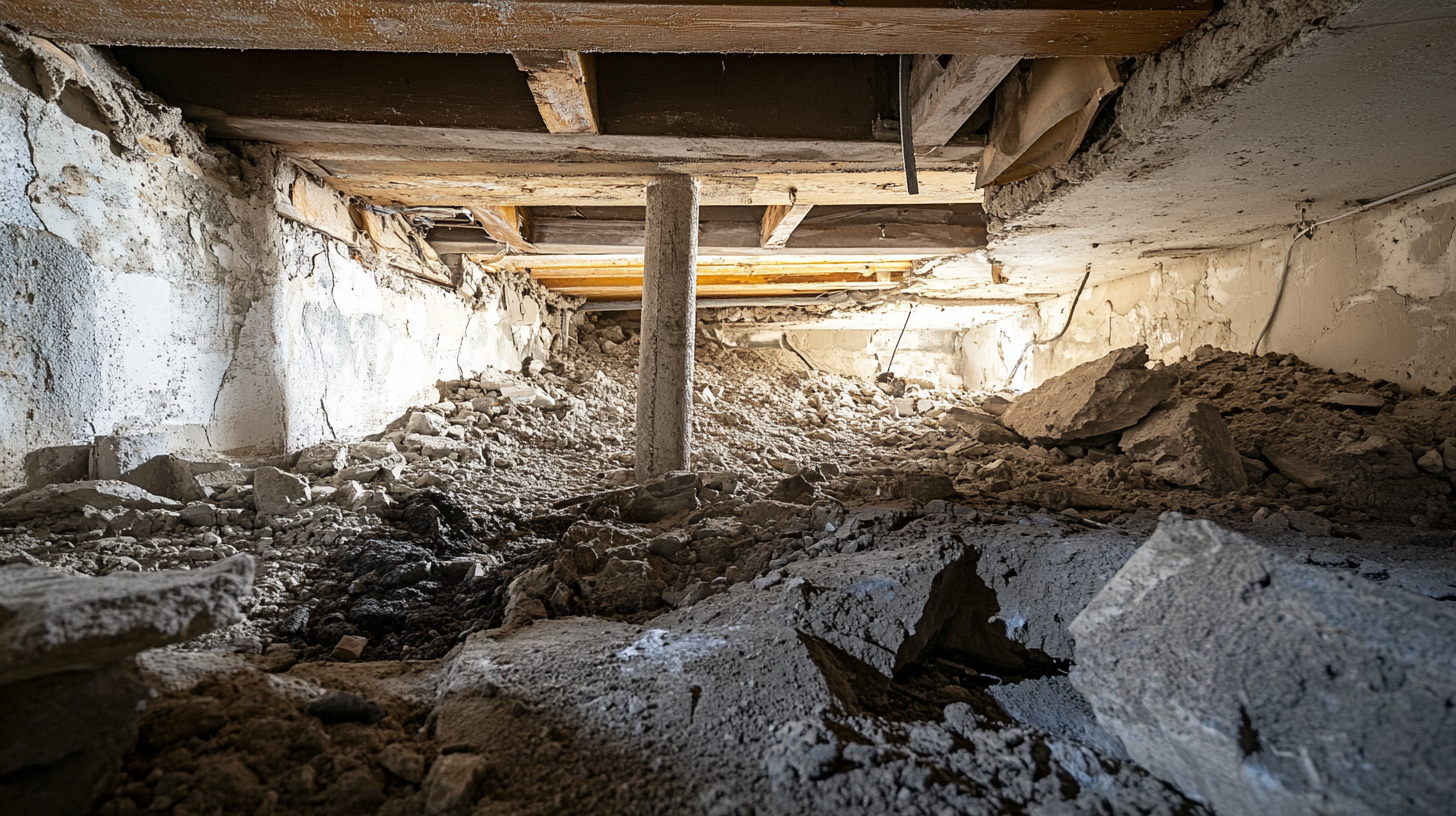
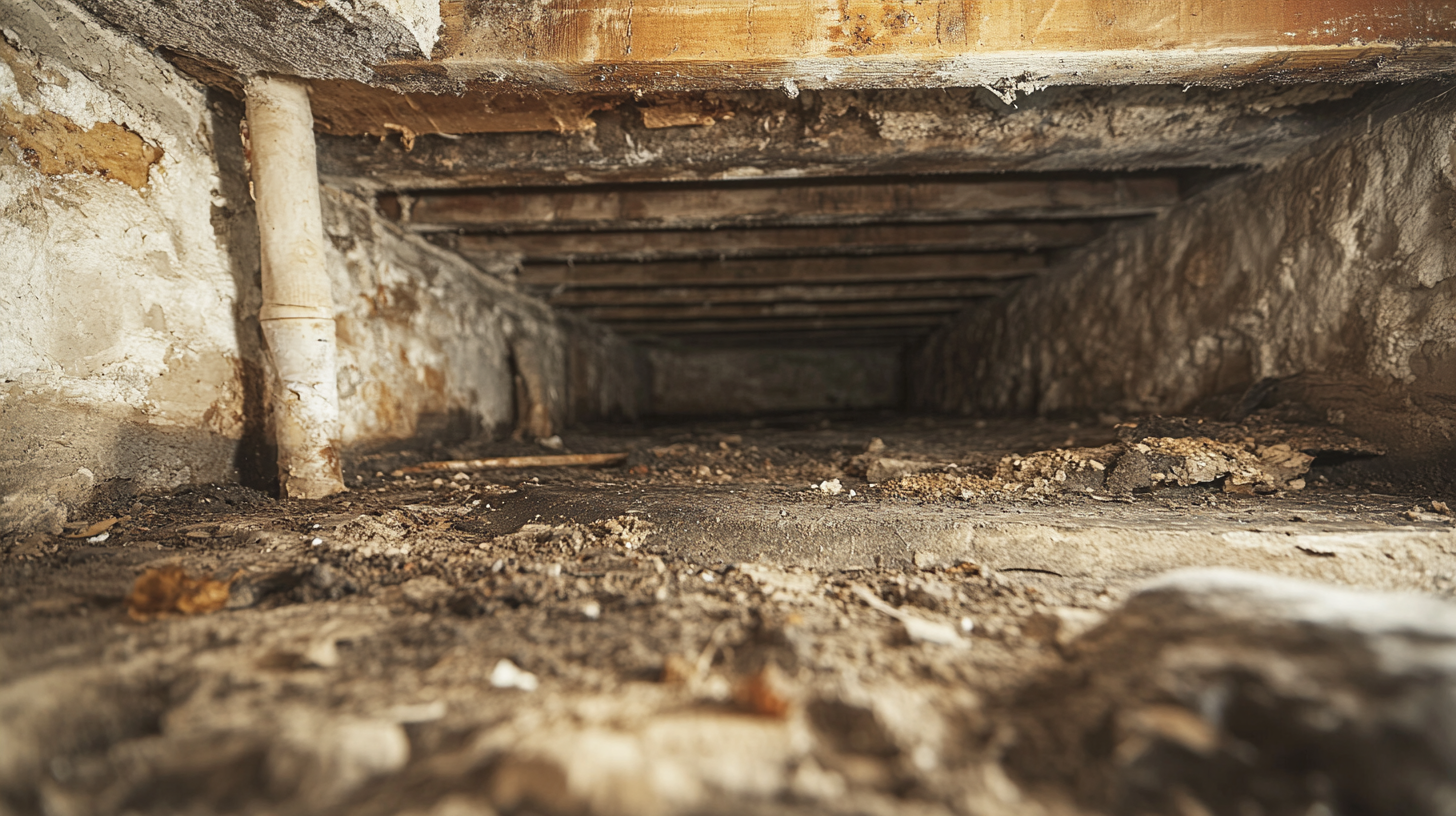
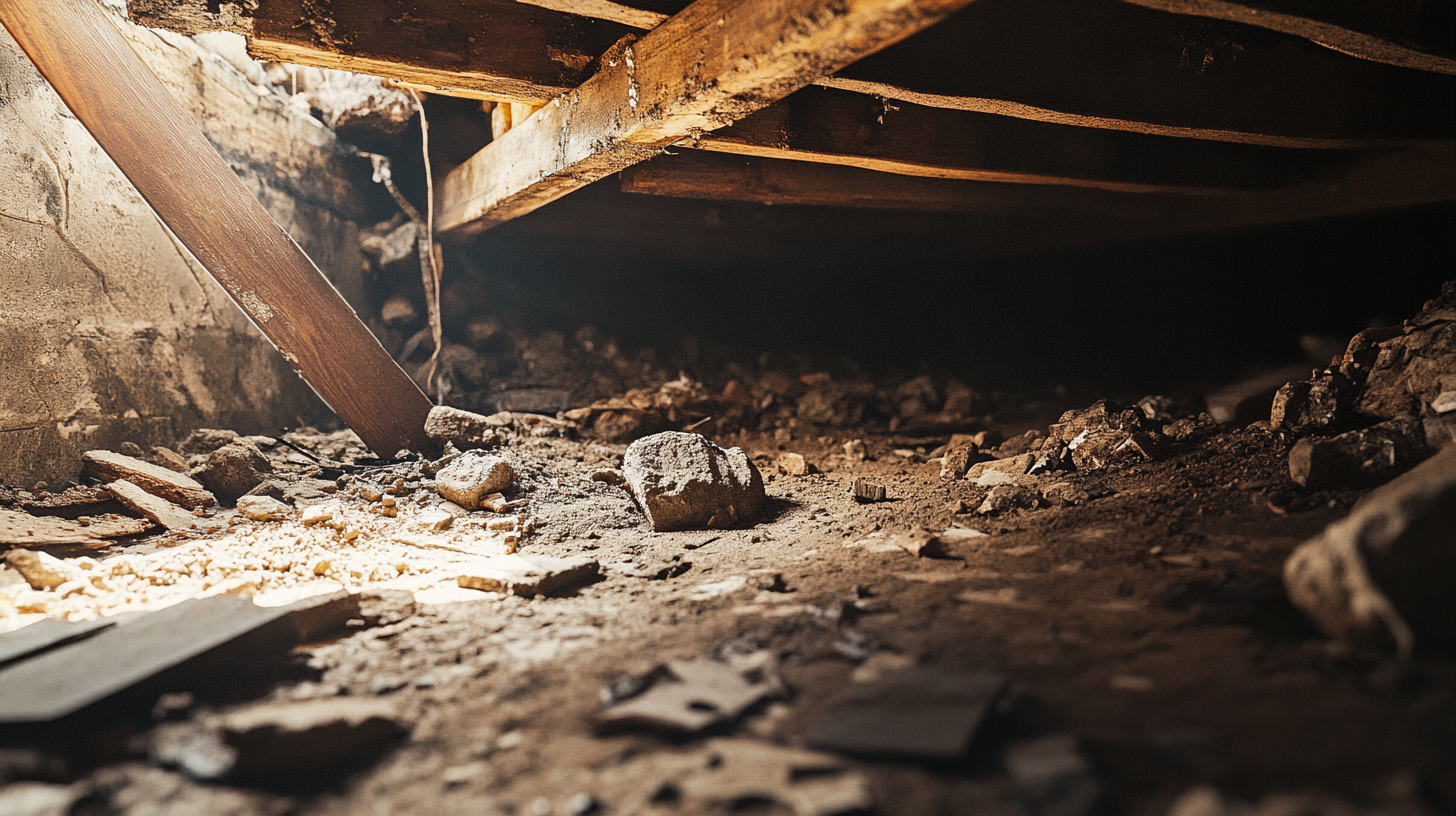
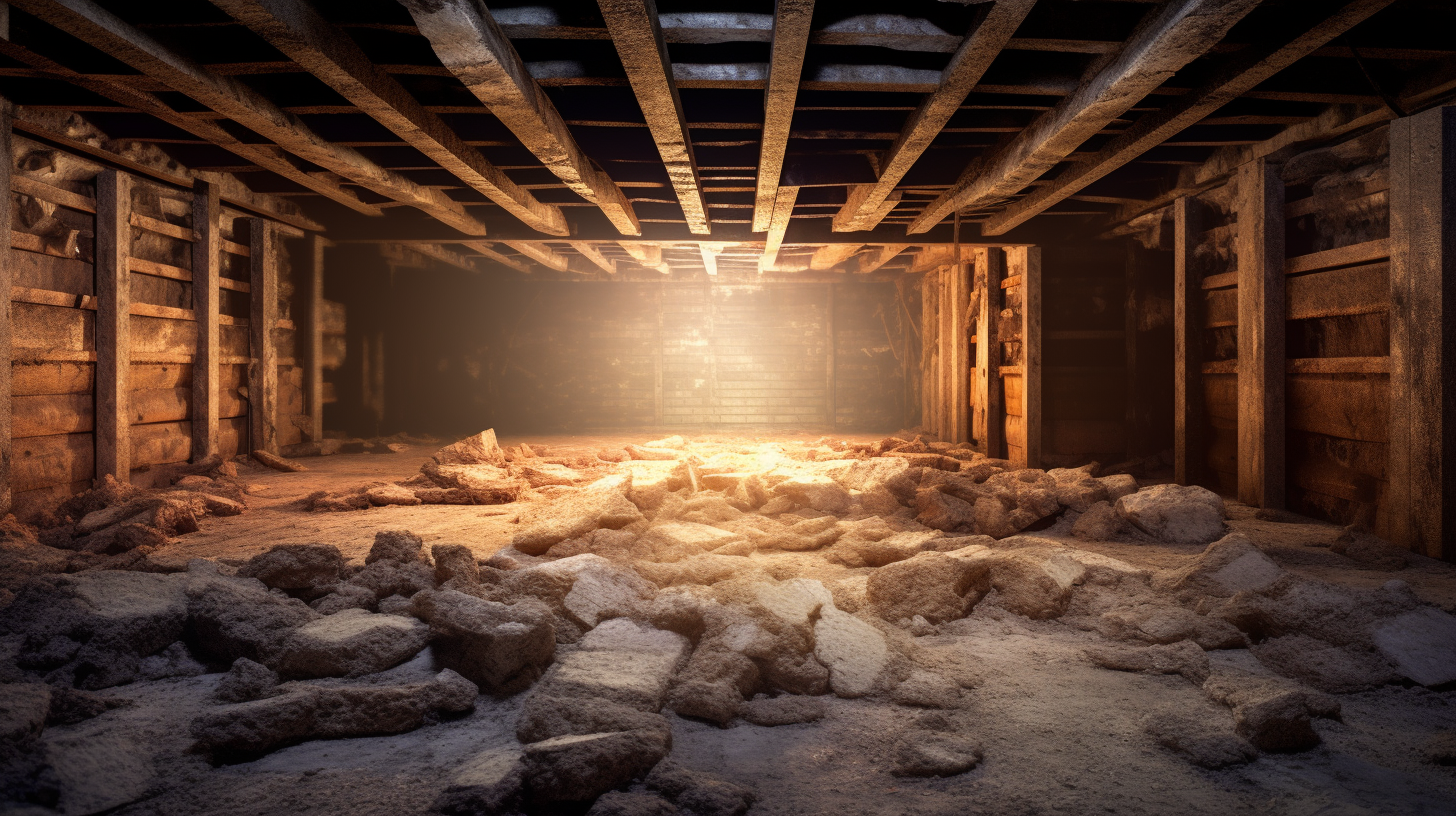
Got a Question? We’re Here to Help.
You can arrange an appointment or make an enquiry by phone or email, orget in touch to us via our contact form.
